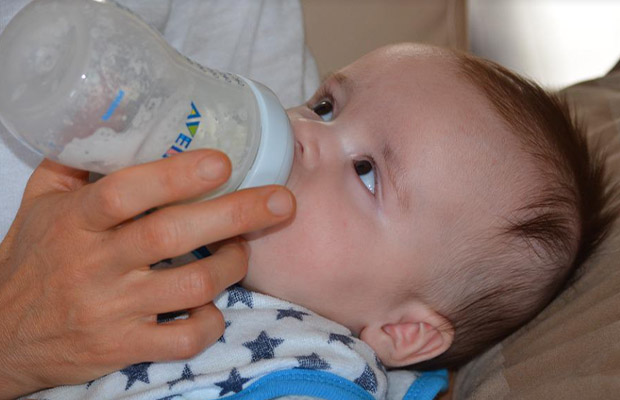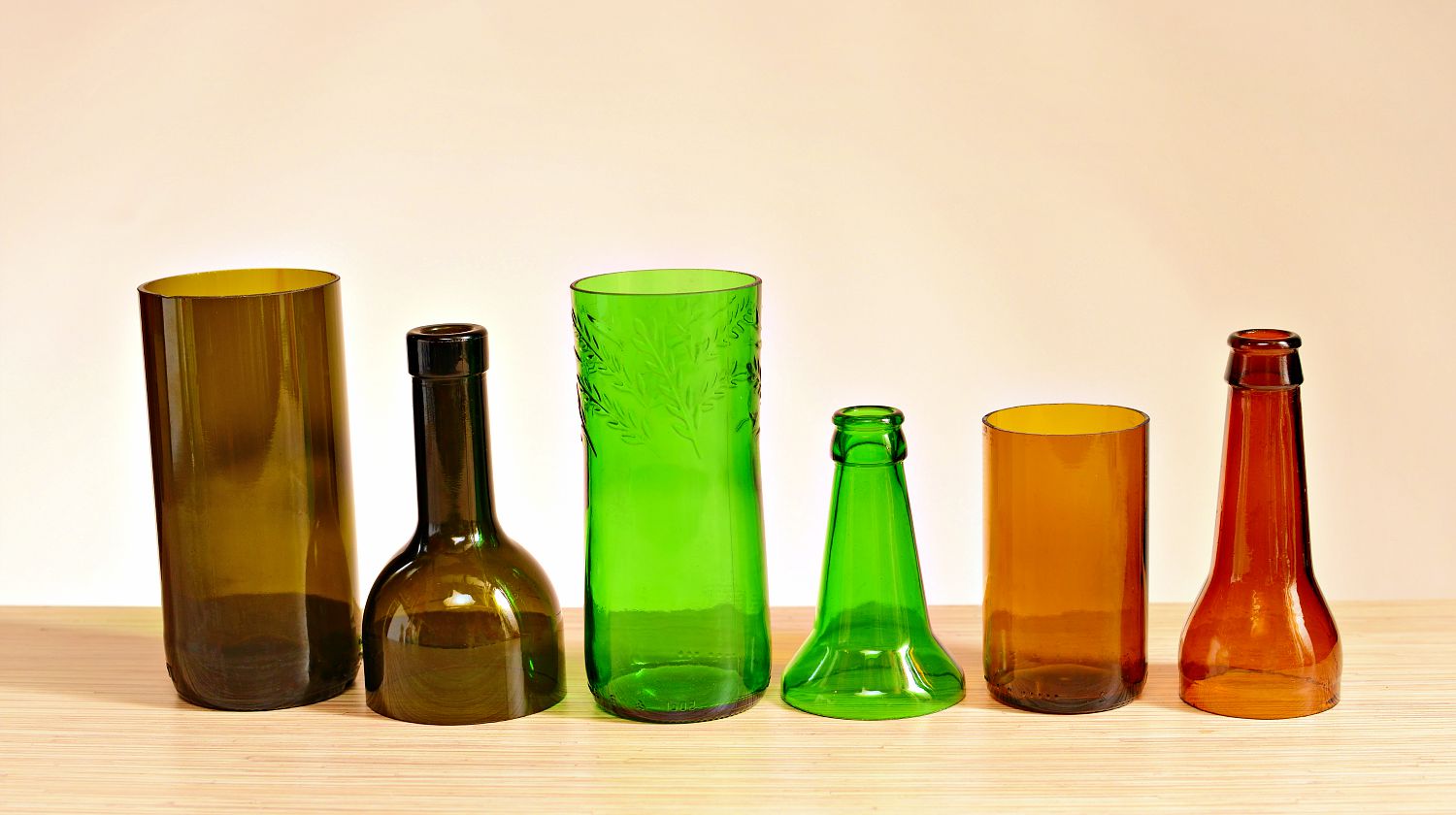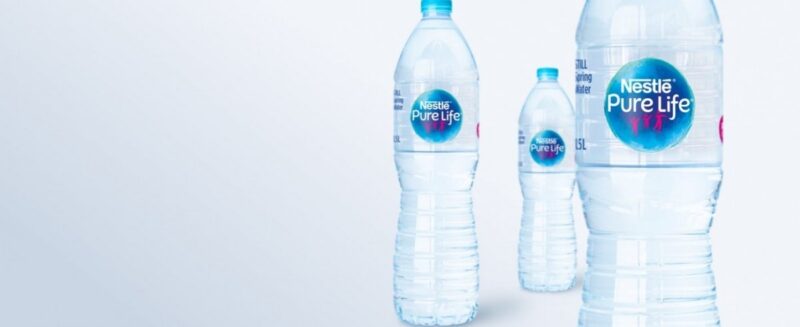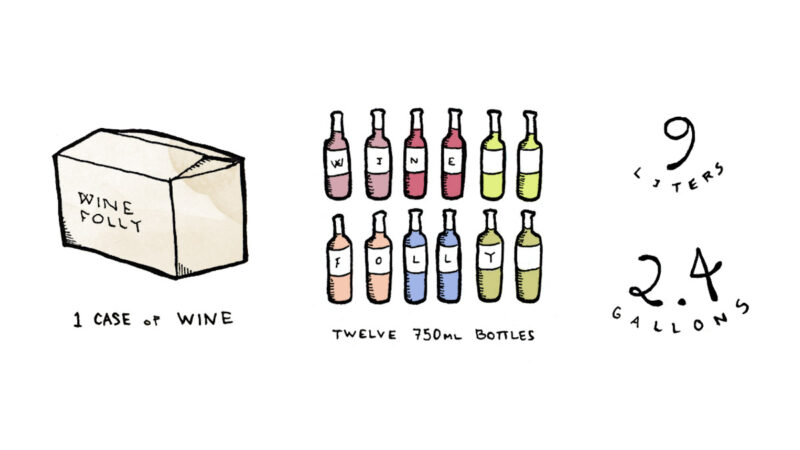Therefore, it should come as no surprise that having your first urinal after giving birth can result in an uncomfortable stinging or burning sensation. And some new mothers swear by using a peri bottle to calm their perineum and speed its recovery.
Many first-time parents are unsure of the purpose of peri bottles and whether they ought to purchase one in order to be prepared for the postpartum period. After a new mother uses the restroom to get rid of the waste or when she changes her postpartum pad, the vulva is cleaned with a peri bottle. It resembles a portable bidet in some ways for the postpartum vulva.
These and other inquiries about what occurs after birth will hopefully be addressed in this blog post. Let’s begin!
Table of Contents
What Is A Peri Bottle?
In the first few days after giving birth, you can gently clean your private areas with a peri bottle, also known as a perineum bottle because of its squirty dispenser. Even if your delivery went very smoothly and you didn’t require any stitches, it will still take some time for your skin to heal.
After your baby was born, you may continue to bleed for up to six weeks. As your uterus is shedding its lining, this discharge, also known as lochia, can initially be quite heavy.

While many women find that taking warm baths helps keep their perineum clean, using a peri bottle is a quick and easy way to clean the area whenever you need to.
The idea is to squirt warm water both during and after urination to relieve the stinging and keep your healing perineum clean. This practice is very common in the United States, where many hospitals actually give new mothers peri bottles. Using a special bottle, also known as “perineal irrigation,” is simpler, more practical, and gentler than using a shower head to pour warm water.
Read More: What’s a Witch Bottle?
How Does A Peri Bottle Function?
When a new mother needs to pee or change her pad, a full peri bottle should be kept by the toilet so that it is nearby and ready to use. A woman may spray any area that requires cleaning rather than using toilet paper to wipe it after she finishes using the restroom and changes her pad. Toilet paper can still be useful to dab around and catch any drips, but during the first week, wiping those delicate areas should be minimized.
Being held upside down while using a peri bottle makes it a little challenging at first. At first, you might even unintentionally splash some water on the toilet seat or yourself! This is entirely typical. After only one attempt, these postpartum bottles are, however, fairly simple to master.
According to Frida Baby, who developed a product that stops the mess, the majority of women experience this dripping issue.
How To Use A Peri Bottle?
It is very easy to use the bottle itself. Simply fill it with warm water, and while seated on the toilet, direct the tip of the container toward your privates. To ensure that the liquid is flowing over the proper area, squeeze the bottle.
The water dilutes the urine, which lessens the stinging sensation some women experience. After you’re done, you might want to gently pat the area dry using toilet paper rather than wiping, as this will irritate your skin.
You don’t want to risk burning your already delicate skin, so make sure the water you use is warm but not hot. Some mothers believe using a peri bottle leaves them cleaner than just using toilet paper would, in addition to feeling soothing.
How Much Time Should I Use A Peri Bottle For?
There is no set duration for using a peri bottle, but the majority of women find they only need to use one for about a week. As long as you believe it is assisting you during the postpartum period, keep using your peri bottle.
However, if you are still having pain when using the restroom more than a week later, it might be worthwhile to mention it to your midwife so she can make sure the area is healing properly and there are no other problems, such as an infection.
Do I Require A Peri Bottle With C-section?
The first few days after your baby was born, your perineum may still feel sore and swollen if you had lengthy labor before having a cesarean section. You will experience the same heavy postpartum bleeding as women who gave birth vaginally, so you might want to use a peri bottle to keep the area clean, particularly if bending down hurts.
It is entirely up to you whether or not to use a peri bottle, regardless of how you gave birth. In our book, anything that might help you feel a little more at ease during those exhausting first few days as a parent is a success.
Things To Put In A Peri Bottle After Birth
- After delivery, water is the simplest substance to put in a peri bottle. Water is very effective.
- In a peri bottle, warm water is preferable to cold.
- You can use a peri bottle with a small amount of witch hazel in water. Exactly like witch hazel pads, it has a calming effect.
- To lower the risk of infection, some women add a tiny bit of iodine to their water-filled peri bottles.
- Some women go above and beyond and use an herbal tea or a postpartum herbal bath in their peri bottle. Although this kind of thing has many advantages, it’s not entirely necessary. Simply use water if using herbs in a peri bottle overwhelms you. The water works great.
Which Bottle Ought I Purchase?
Unfortunately, it’s challenging to purchase a peri bottle in a physical store. At Walmart, Target, or your neighborhood pharmacy, you most likely won’t find one. But you know what? In a pinch, empty plastic ketchup and mustard bottles—the kind that restaurants use or that picnickers buy—would totally work. Seriously, you can find these bottles at Walmart.
If you don’t think using a ketchup bottle sounds appealing, you can purchase a pack of three on Amazon. Share the extras with your new mom friends if you want to. Sharing is caring!
Consider Frida Baby’s Mom Washer if you want a fancy one. The Mom Washer squirts water up but is designed to be held upside down. It’s really neat!
Where To Buy A Peri Bottle?
Many mothers will be given a bottle in the hospital, but they might not be told how to use it. “The hospital gave me one after the birth of each of my children, and I didn’t know what it was at first, says Bell. Even among the doctors, we spoke to, this was a common response.
“I remember having my first child and wondering, “What is that for? ” I am a doctor with three kids of my own.'” “Not one nurse showed me how to use it because they assumed I knew what it was,” claims Dr. Dothager.” Consult your postpartum nurse if you have any questions.
The free hospital bottles are fairly simple, but you can find fancier models online, at your neighborhood pharmacy, or on Amazon. “Bottles with ergonomic features, like angled spouts and unique valves that control the stream, can make them easier to use and get to the hard-to-reach spots, says Dr. According to Ward, Bell recommends the Brondell Travel Bidet or the Fridababy Momwasher.
Before the baby is born, it also helps to prepare and stock up. “With my second, I ultimately decided to purchase a few of those bottles ahead of time and place them in both the upstairs and downstairs bathrooms,” Hedden explains.
Read More: What Is A Bottle Episode?

















